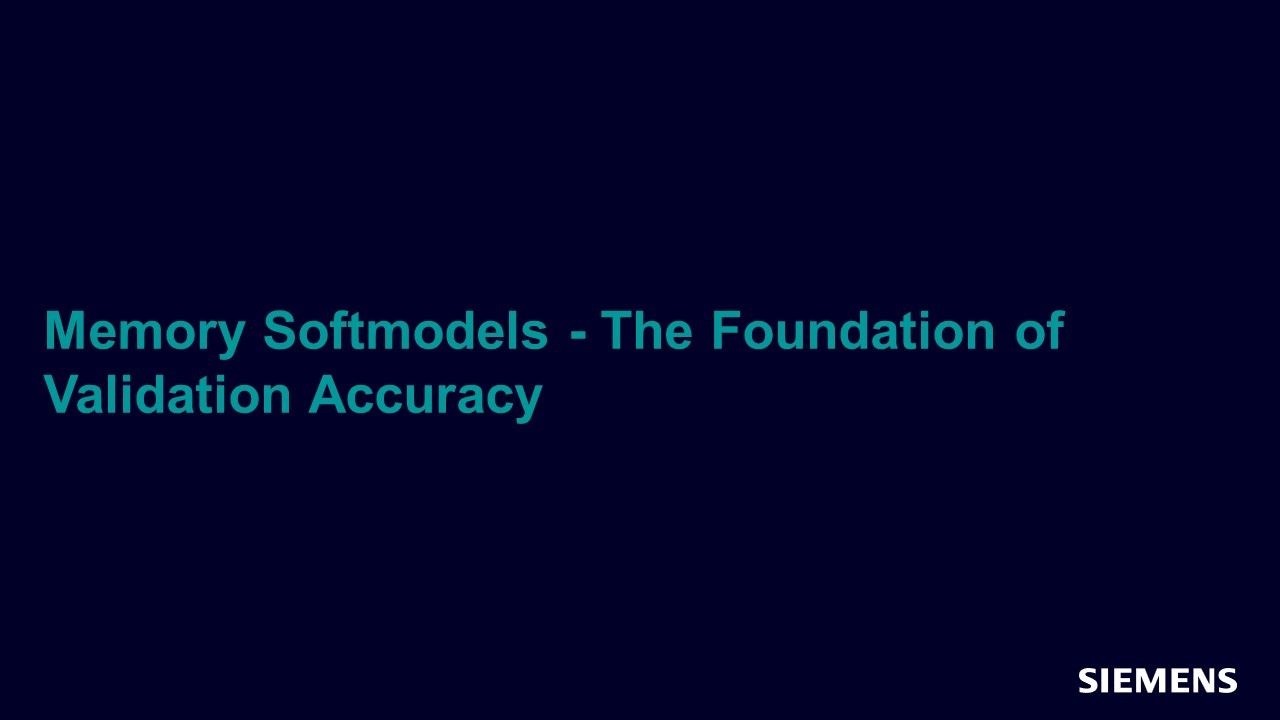Memory Softmodels - The Foundation of Validation Accuracy
As always, we must continue to reduce the time-to-market of SoCs and complex systems. An FPGA prototype implementation of these systems can be used as a basis for early software or firmware development, hardware-software co-verification and system validation, and all this can be achieved before actual silicon is available.

Full-access members only
Register your account to view Memory Softmodels - The Foundation of Validation Accuracy
Full-access members gain access to our free tools and training, including our full library of articles, recorded sessions, seminars, papers, learning tracks, in-depth verification cookbooks, and more.